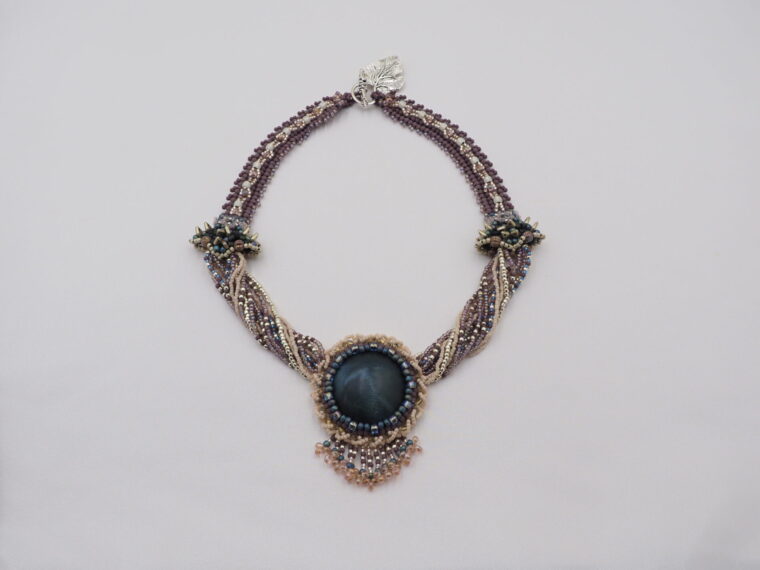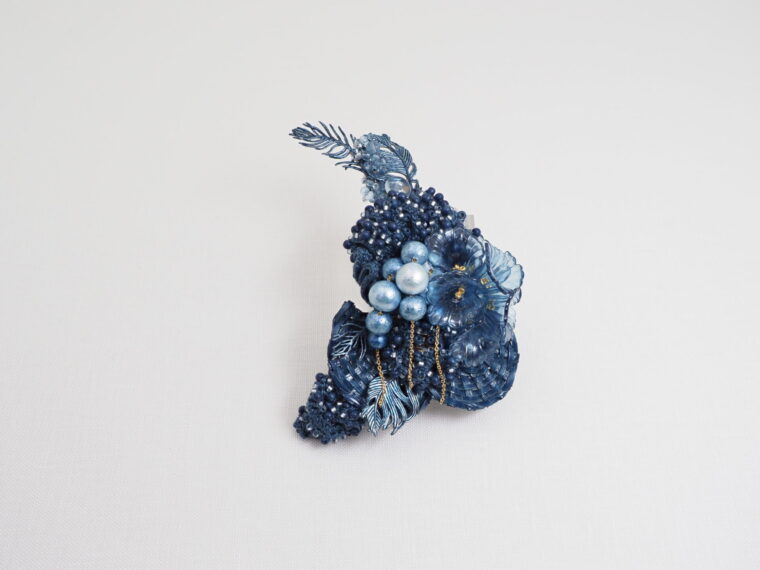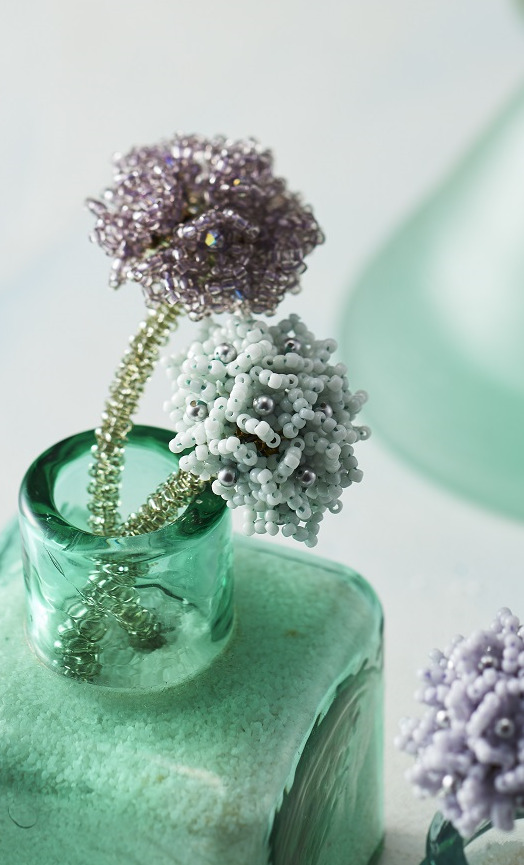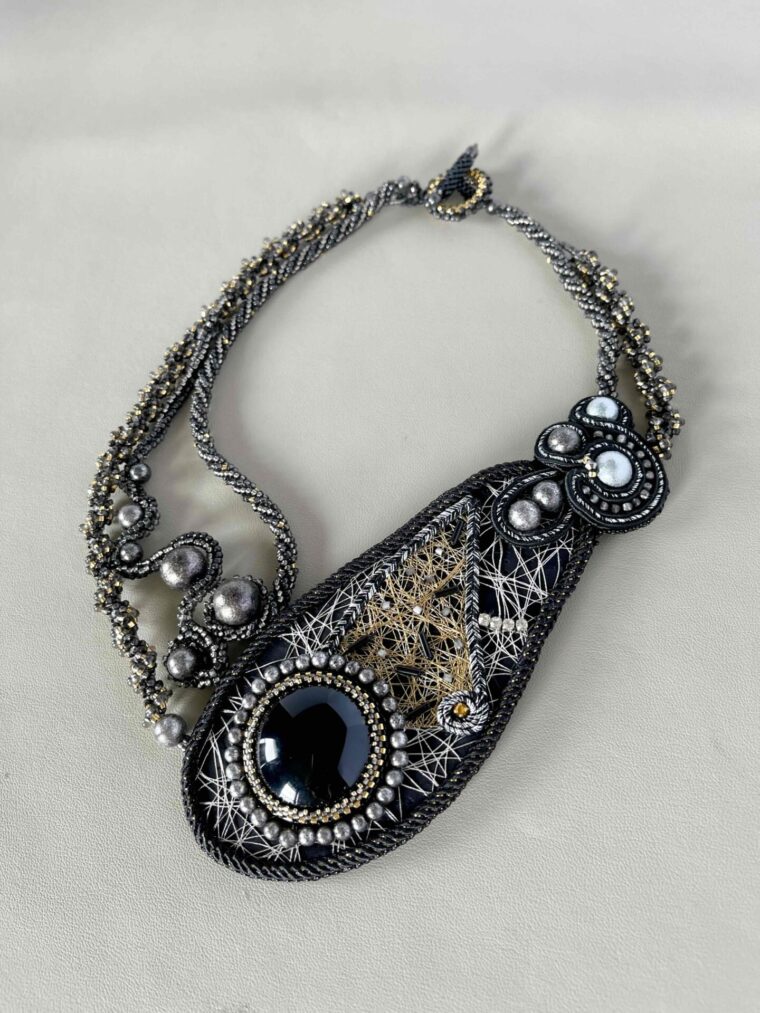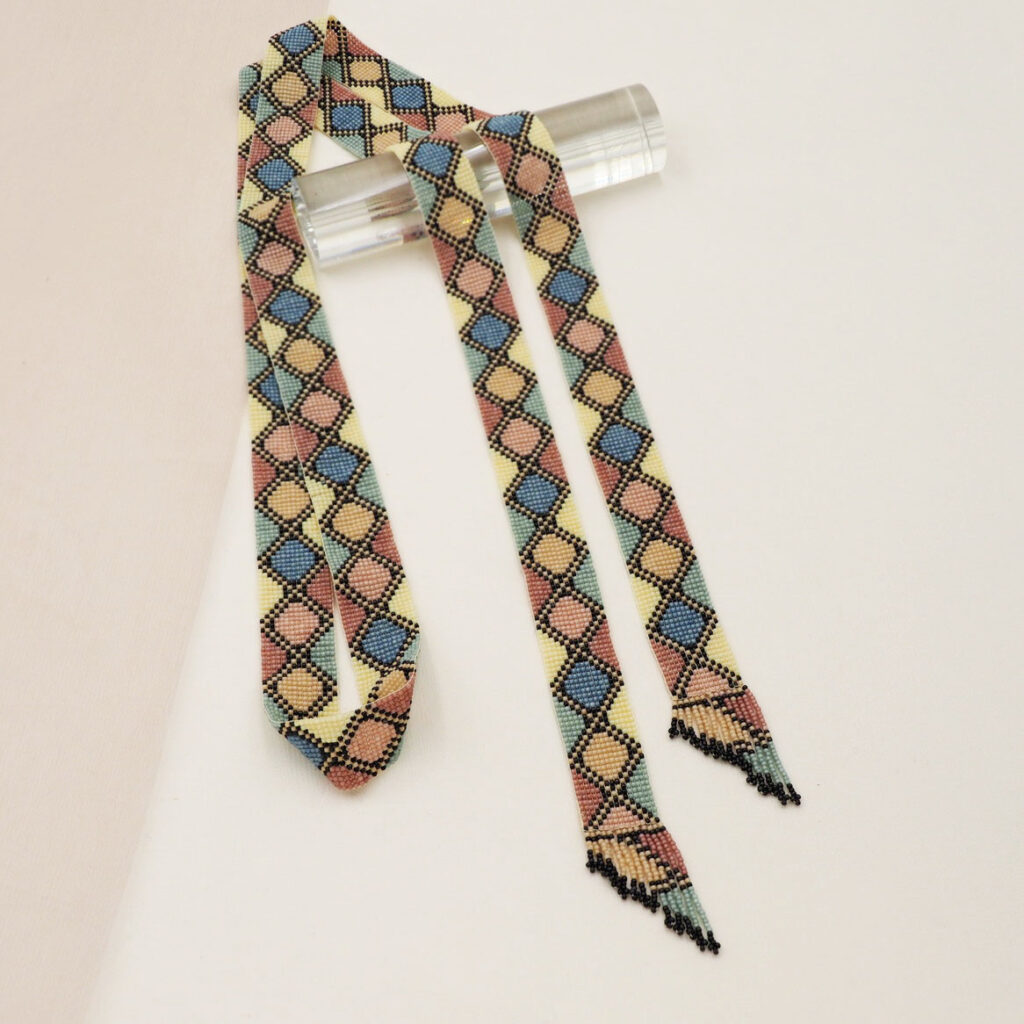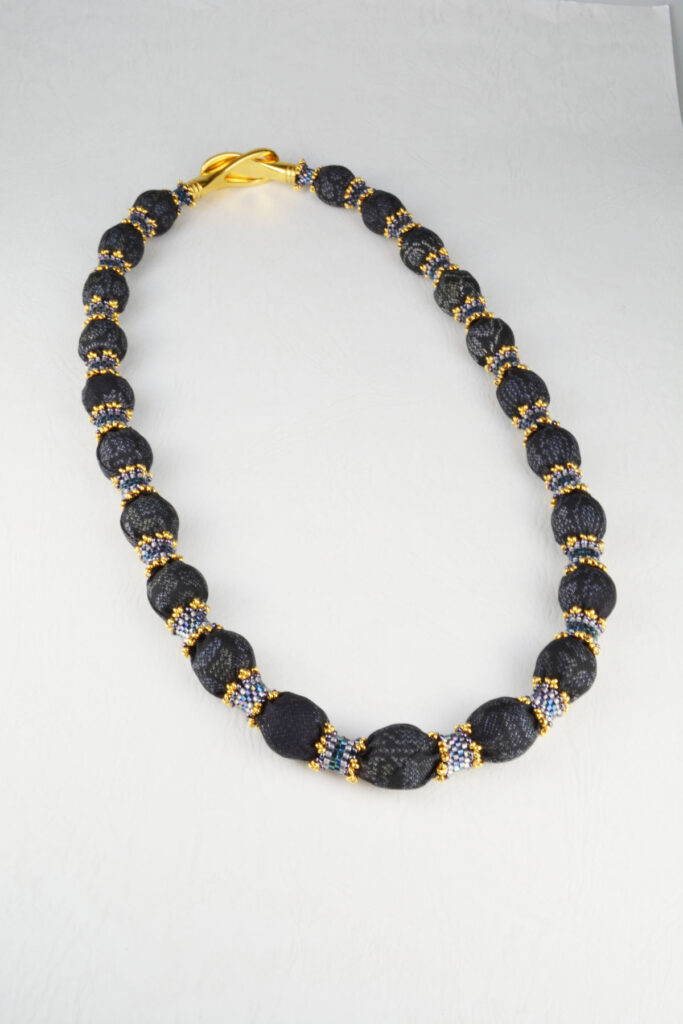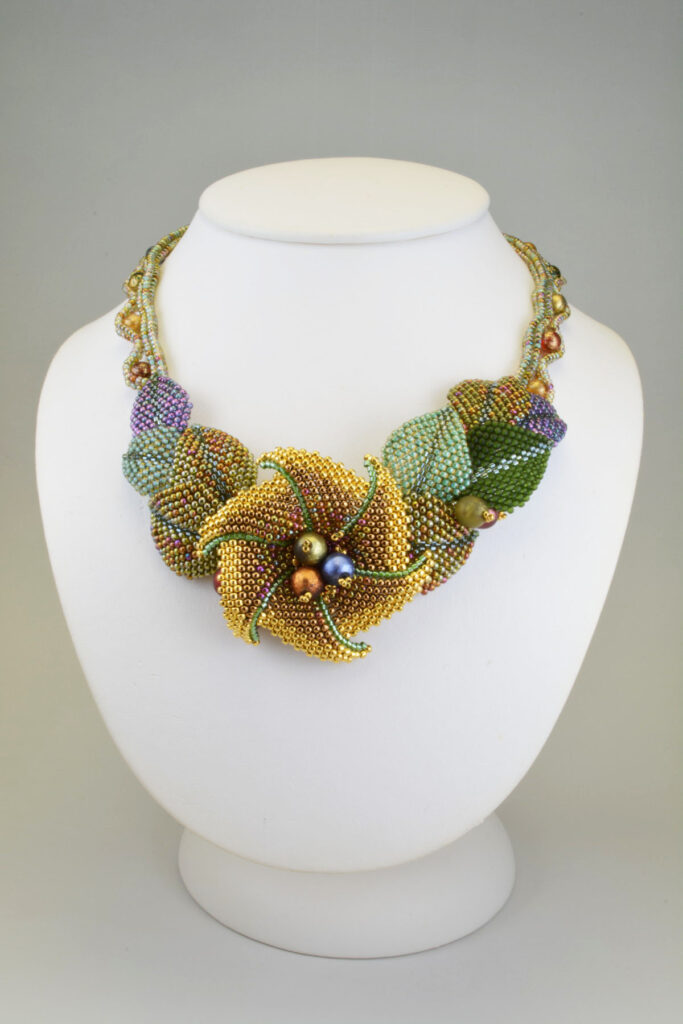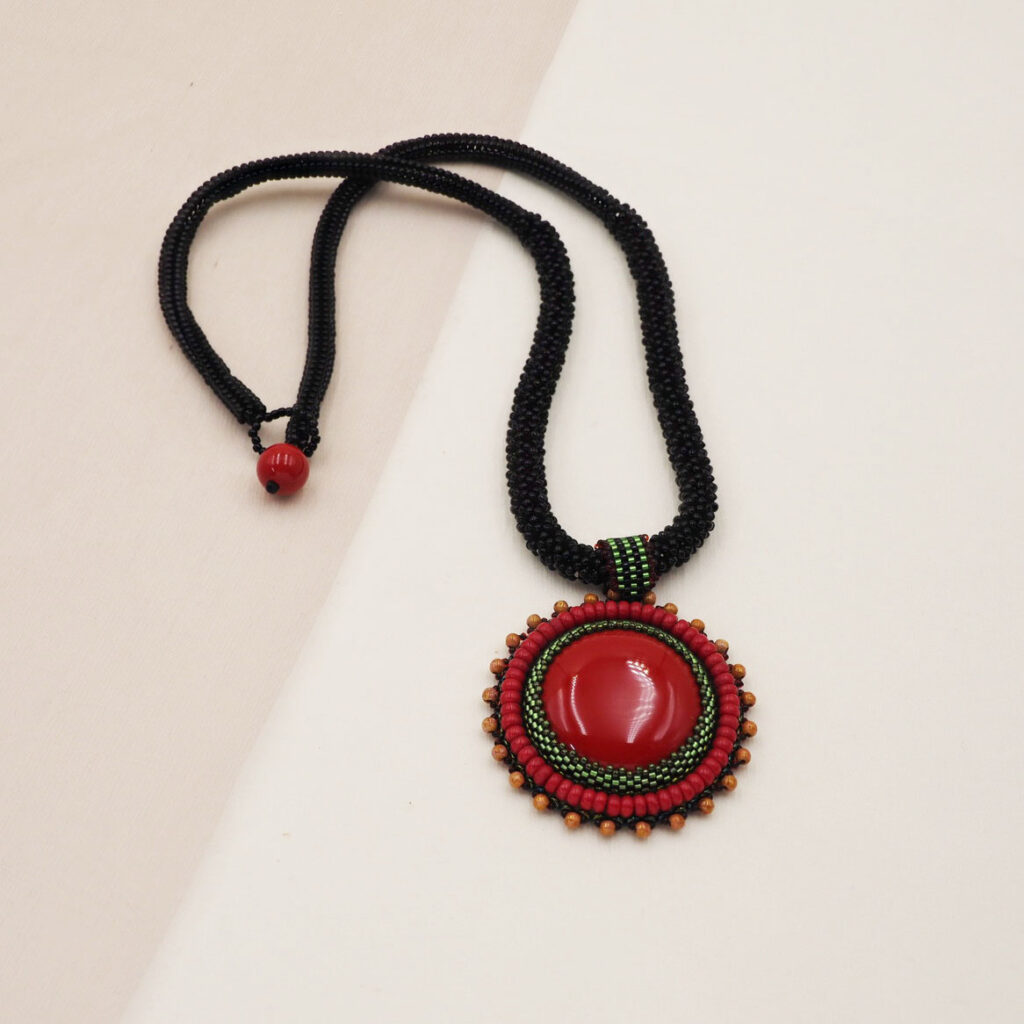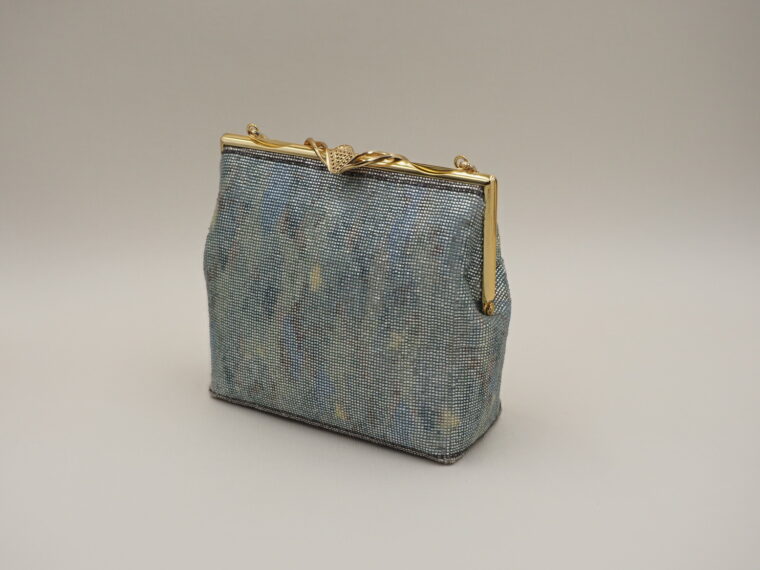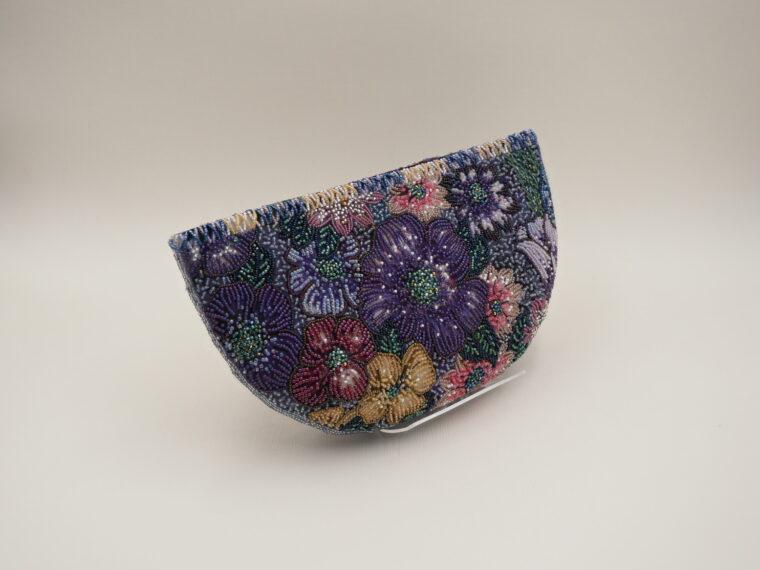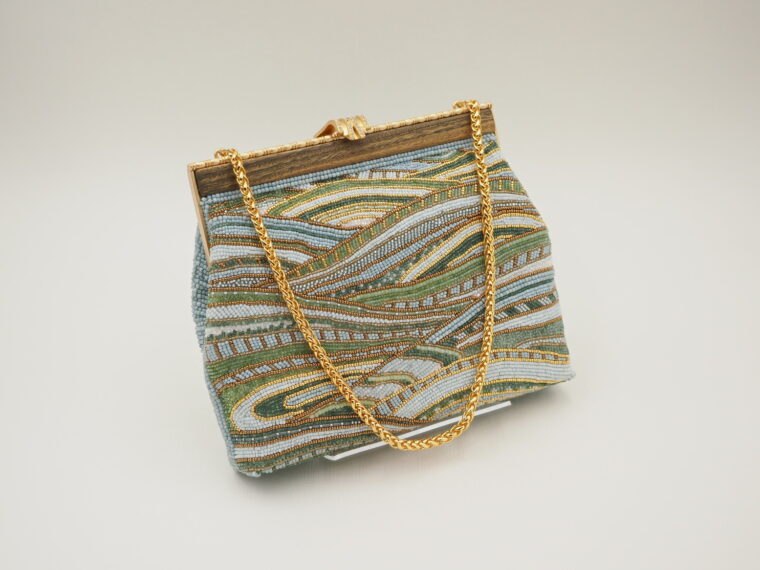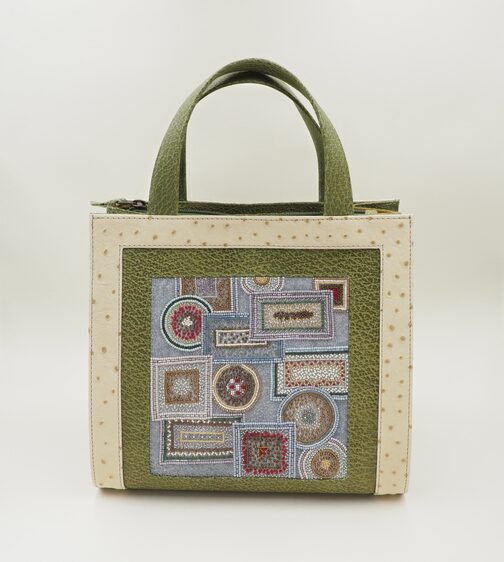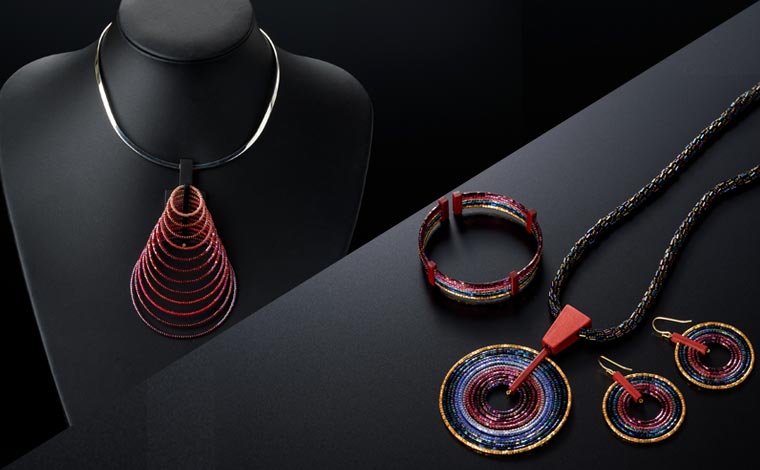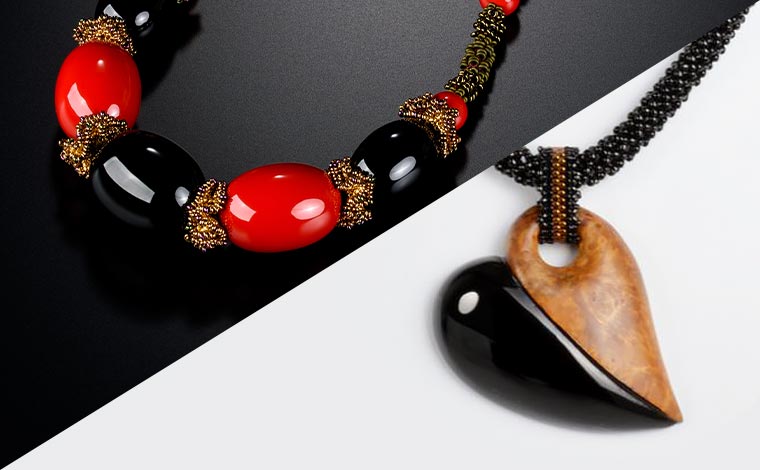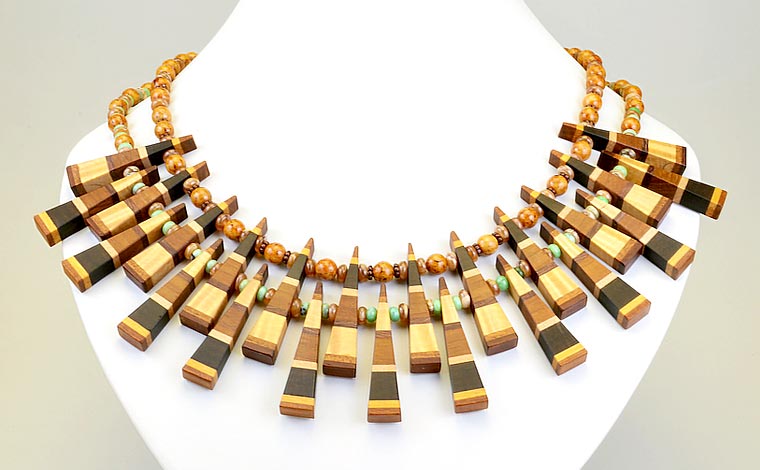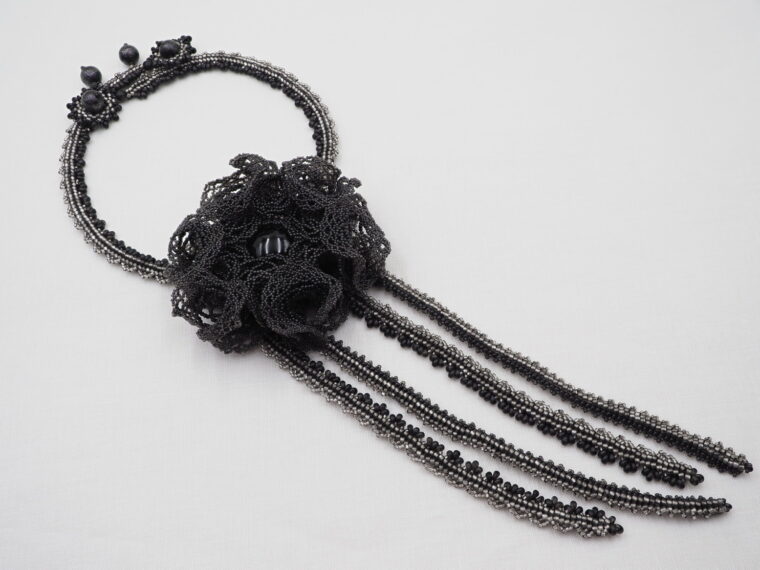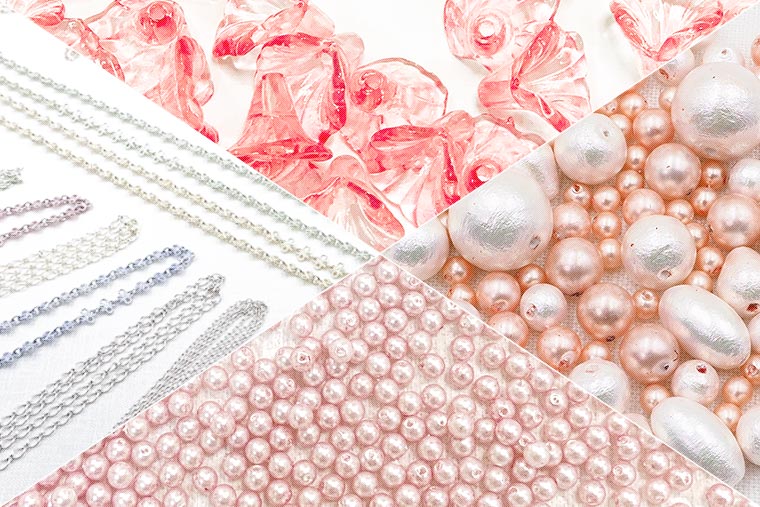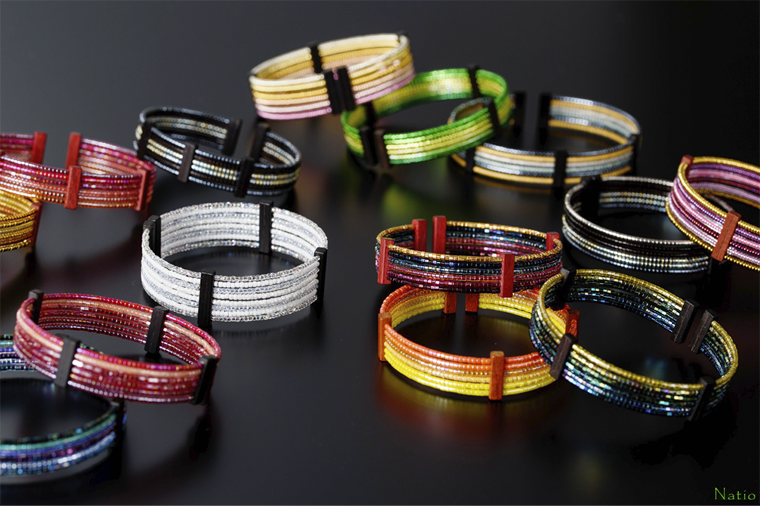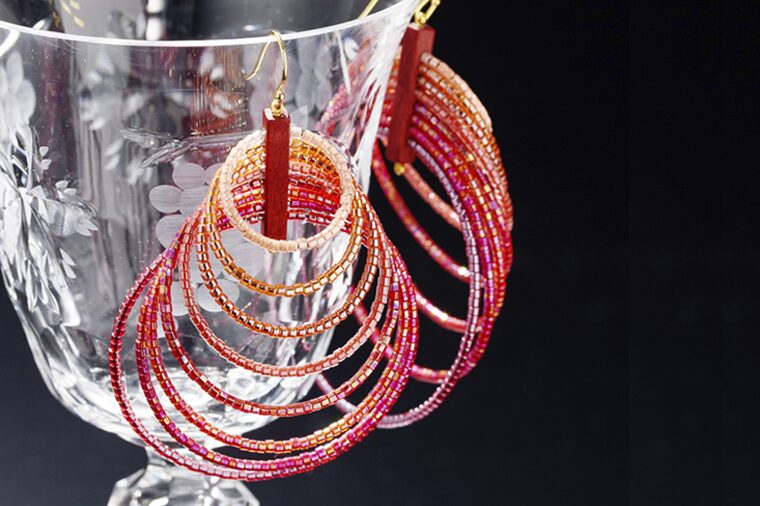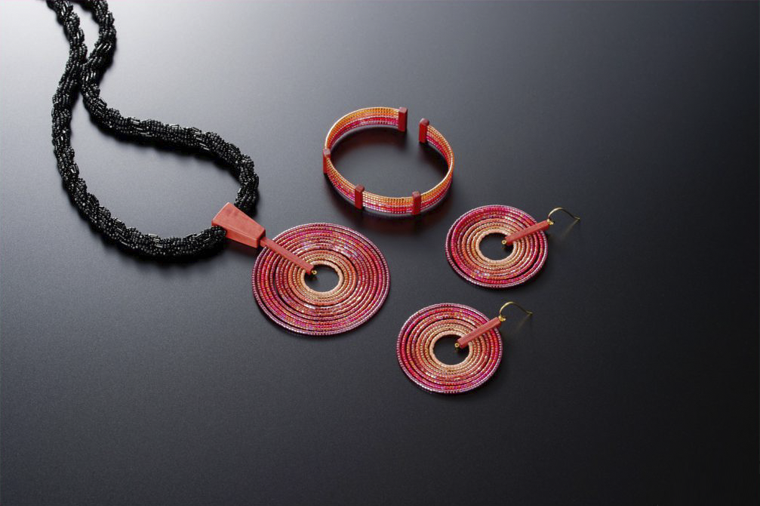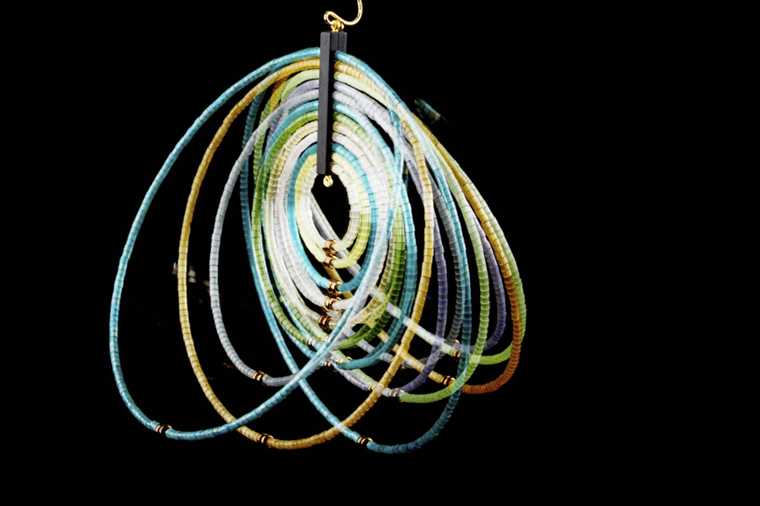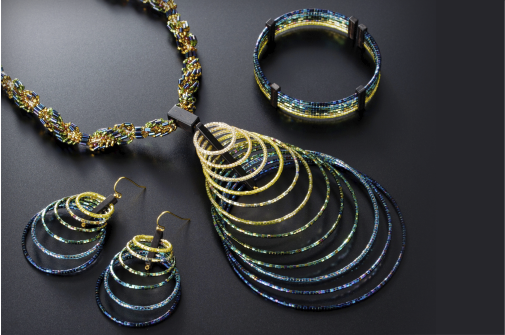Adornment, creation,
and moving emotions.
1The Beginning of "Natio"
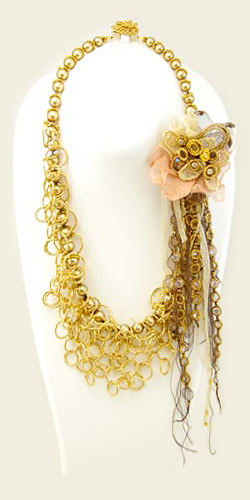
This work is precisely "Natio."
This marks the beginning of ideas, techniques, and collaboration.
Named "Ring Shower," it was a piece showcased at a bead jewelry exhibition in 2003.
2Concept
The Origin of "Natio"
The store name “natio” comes from the Latin word meaning “birth.
Since ancient times, we have enjoyed many blessings from nature.
All the food, clothing, and shelter that are essential to our lives come from nature.It is no exaggeration to say that technology and artistic ideas also come from nature.
We named our store “Natio” after the dye extracted from plants and trees that have received abundant blessings from nature, and from which new “birth” is derived.

"The Beauty of Japan: Its atmosphere and feel"
At Natio, we create decorative items such as accessories and bags using traditional Japanese crafts and techniques, as well as Japanese materials and colors.
Japanese colors such as Tokushima's Sukumo indigo (Japan Blue), Nara's Japanese ink, Yamagata's Mogami safflower, and plant-based dyes.
Techniques and materials such as Wajima lacquer, washi paper, and precious woods.
Traditional textiles such as Oshima Tsumugi, Yuzen dyeing, and Nishijin weaving.
I am passionate about creating decorative items that embody and enhance the emotional essence of these materials.
Natio's Original Creations
Natio's Original Creations
Accessories primarily based on traditional Japanese crafts and colors.
Natio's original creations.
Bead embroidery and bead-woven bags.
Natio's original creations.
Swing.ai
Adorn, Sway, Jewelry
A new approach to bead jewelry. By incorporating movement, these pieces enhance the expression of adornment and accentuate individuality, earning high praise.
This jewelry offers versatility, allowing you to use it in two ways—such as wearing earrings as a necklace—adapting seamlessly to the atmosphere or image of the occasion.
Enjoy jewelry that brings out your unique charm and elevates your style through its graceful motion.。
Natio's original creations.
Wajima lacquer, precious woods, and beads.
A New Radiance of Tradition: Wajima Lacquer × Beads
A collaboration with Wajima-nuri, Japan’s pinnacle of traditional craftsmanship, has been realized. These new creations combine the strength and beauty of Wajima lacquer with beads and precious woods.
Natio's original creations.
Jewelry made of Precious Woods
The World's Precious Woods and Japan's Traditional Yosegi Marquetry
We have created jewelry using the world’s finest precious woods and Japan’s traditional Yosegi marquetry. These exquisite pieces showcase the unique beauty of natural materials, featuring stunning wood grains, tones, and textures—no two pieces are ever the same.
As time passes, you can enjoy the evolving "color" and "texture," making each item even more special.
3Brand
Passion for "Creation"
With a focus on "adorning," we pour our passion into "creation."
In 2021, "Susu-Nikawa Waboku," where Nara’s traditional Japanese ink is applied to beads and parts, was added to our collection. Unlike the Chinese ink, it has less glue, making it more adaptable to Japan's climate. The texture of the ink is expressed through beads. Since it’s a single color, we offer a variety of gradations.
The "Sukumo Indigo Beads" are made entirely in the 'Natio' workshop, from indigo cultivation, extraction, dyeing, fixation, and coating. Beyond beads, the technique is applied to precious woods and other materials to create jewelry components.
"Hanako Beads" are made from the safflower of Mogami, Yamagata, using colors from the flower: "Pink/Peach" from scattered petals and "Red/Scarlet" from the dried flower. These beads recreate the hues of ancient traditional crafts.
There is also the "Nii-ai," a purple color from the Heian period, found in Japan's colors. This purple is a blend of Sukumo indigo and Hanako, showcasing Japan’s unique shade of purple.
In the "Beauty of Japan" series, we use traditional extraction methods for natural pigments, bringing them to life with Natio's unique processes.
We also collaborate with materials such as "Indigo Beads," "Indigo Wood," "Wajima Lacquer," and "Precious Woods" to create a distinctive brand.
With the goal of achieving "integrated production" like a European atelier, we create pieces under the name "Atelier Natio."
Moving forward, we aim to establish the 'Natio Brand' through continuous exploration of design, techniques, and materials.

4"Natio" as a Laboratory
Click this banner for Natio's English page.

Nara Japanese Ink Beads
Japanese ink, evolved to suit Japan's climate, and soot ink are transformed into beads.
The "ink" passed down through Nara and Mie has evolved into Japanese ink, adapting to Japan's climate, and the world of ink has firmly established itself.
Compared to Chinese ink, Japanese ink has less glue, allowing for a wide range of gradients—from deep black to the light washes of watercolor ink.
We apply this transformed traditional Japanese ink to beads and parts, incorporating it into the world of accessories.
Sukumo Indigo Beads
The captivating Japan Blue: The world’s first, Awa indigo dye infused into glass beads.
"Sukumo" is the raw material for indigo dye made by fermenting indigo leaves. Among them, the "Sukumo" from Tokushima, known as "Awa indigo," has been considered the finest for centuries. We have successfully extracted the natural indigo pigment from this traditional Tokushima "Sukumo" and fixed it onto glass beads.
The resulting color is the true essence of natural indigo. You can enjoy the deep, rich hues of indigo dye, known as "Japan Blue," through intricate beadwork.

Mogami Safflower Beads
The ancient "Safflower," capturing the essence and sentiment of Japan, infused into glass beads.
"Benimochi" is a raw material for safflower dye made by fermenting the petals of safflowers. Among them, the "Benimochi" from Mogami, Yamagata, is crafted by hand using traditional methods passed down through generations. Only about 1% of the safflower contains the "ben" pigment, and through fermentation, the concentration increases to create Benimochi.
Its property of being insoluble in water is similar to indigo, and it only reveals its true color after reduction.
At Natio, we have successfully extracted this pigment and fixed it onto glass beads. The resulting color is the true essence of natural safflower red. You can enjoy the unique texture and gentle hue of ancient Japan through intricate beadwork.
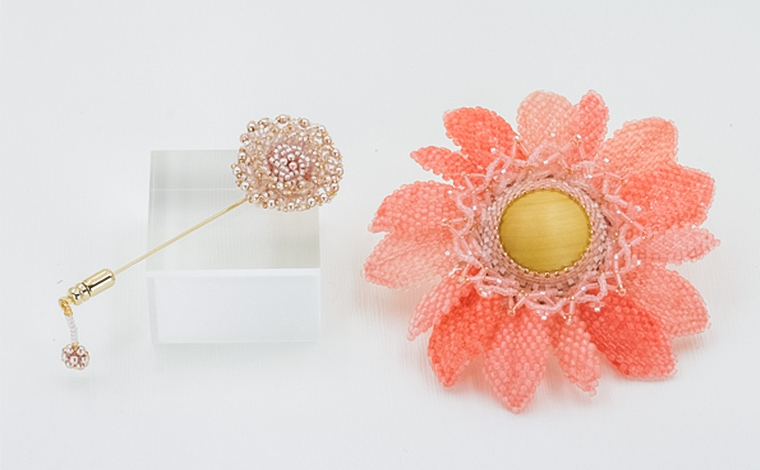
Botanical Beads
Plant-dyed beads that capture the natural texture of natural materials.
We avoid using artificial dyes, instead using only plant-based pigments as dyes. The dyeing process may involve extracting the pigments from plants, sometimes done in-house at Natio, or it may involve dyes derived from natural powders used in food products such as sweets and juices.
In addition to beads, we offer components made from resin, cotton pearls, acrylic, metal chains, and more.
These items are perfect for designers and creators to express their unique sensibilities.
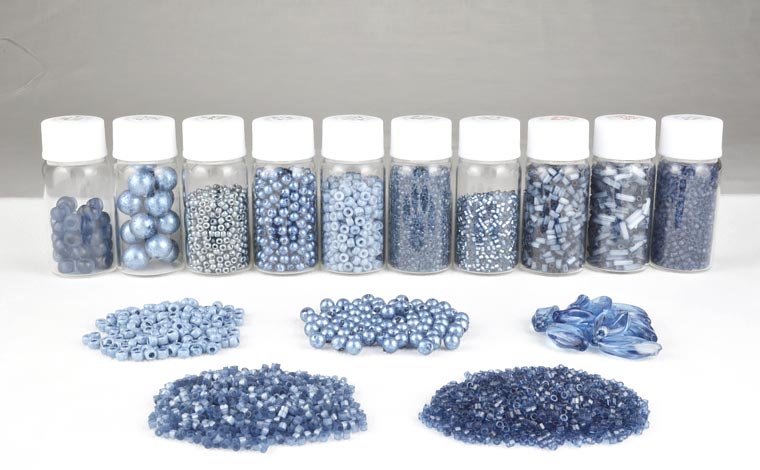
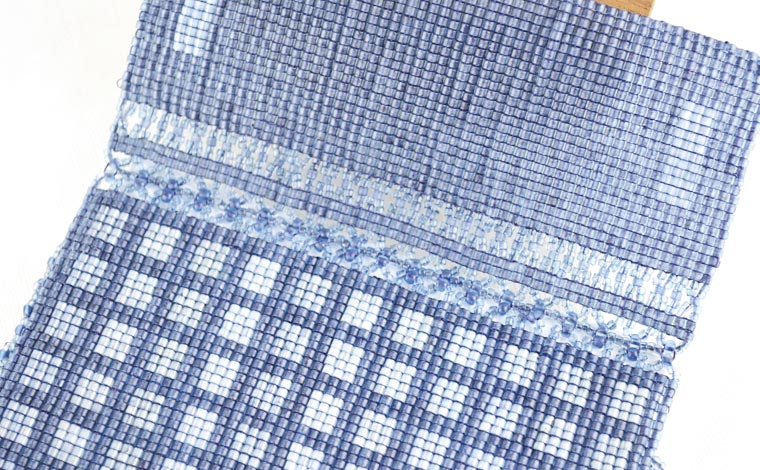
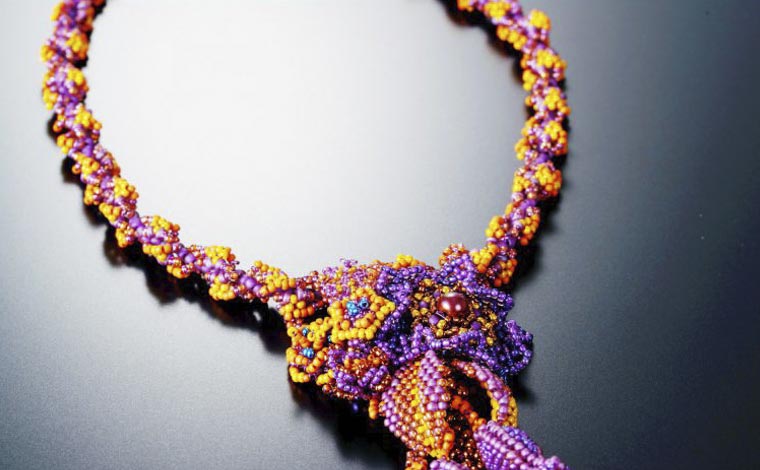
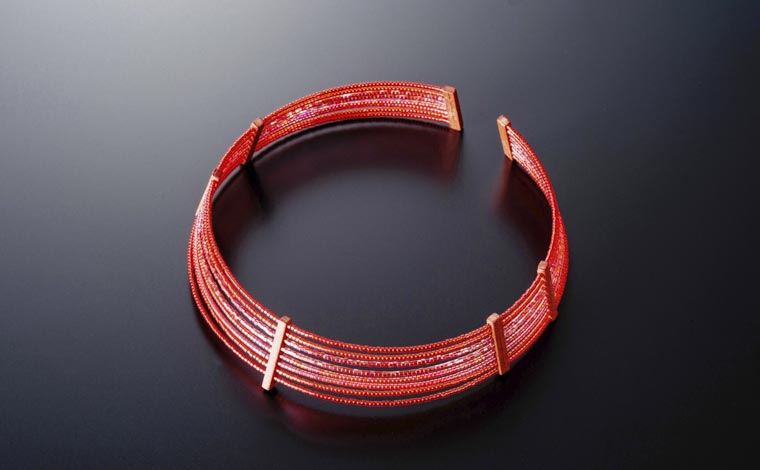
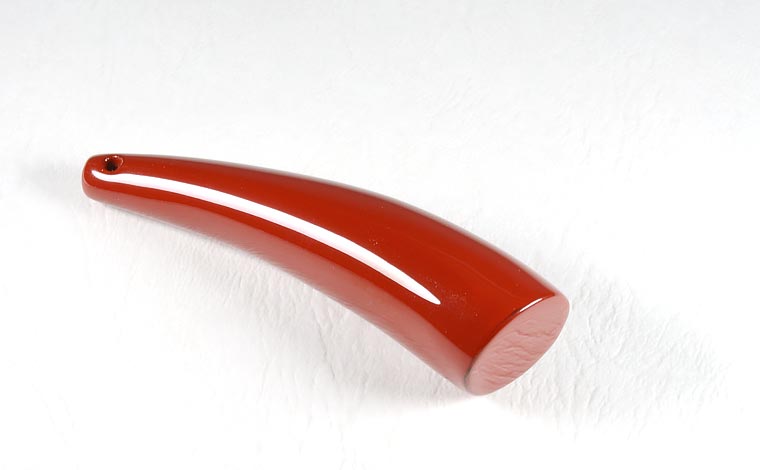
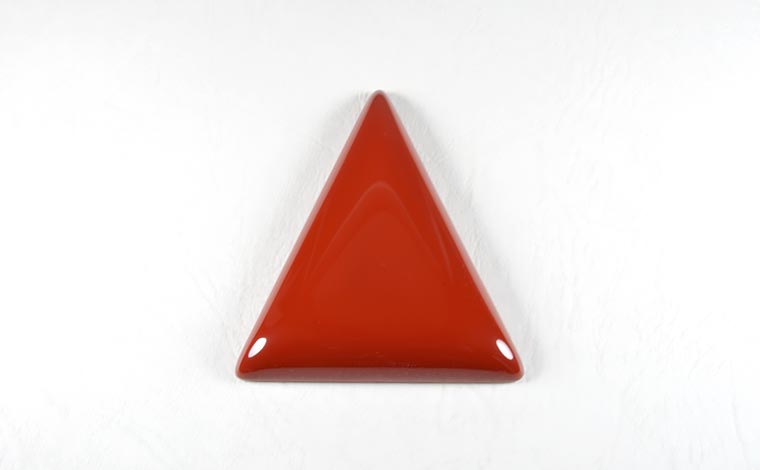
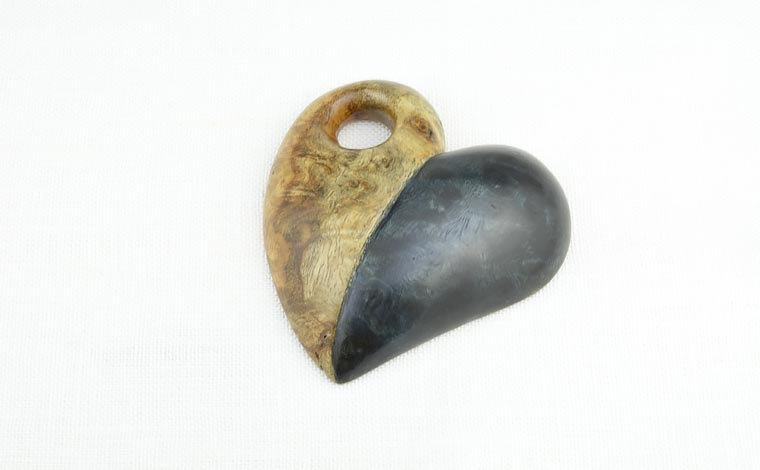


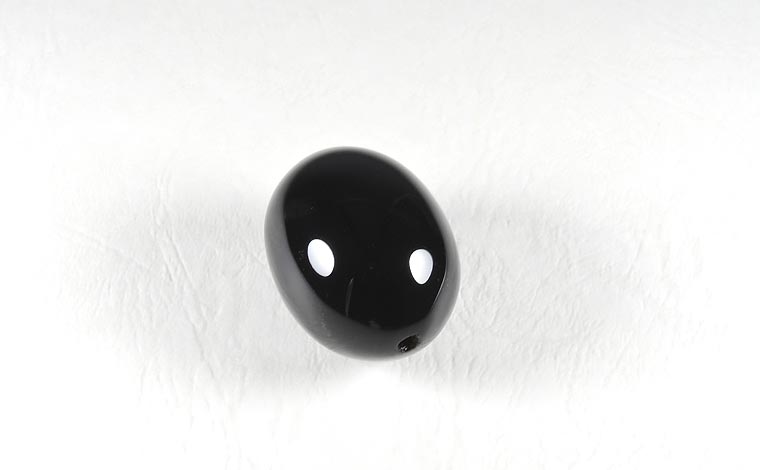
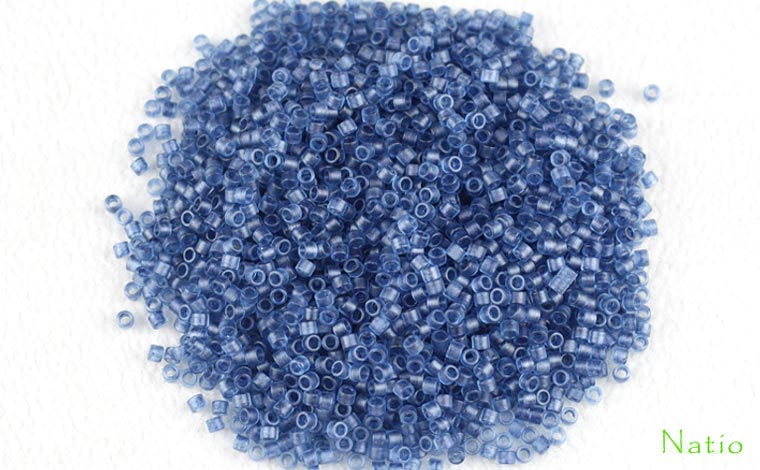
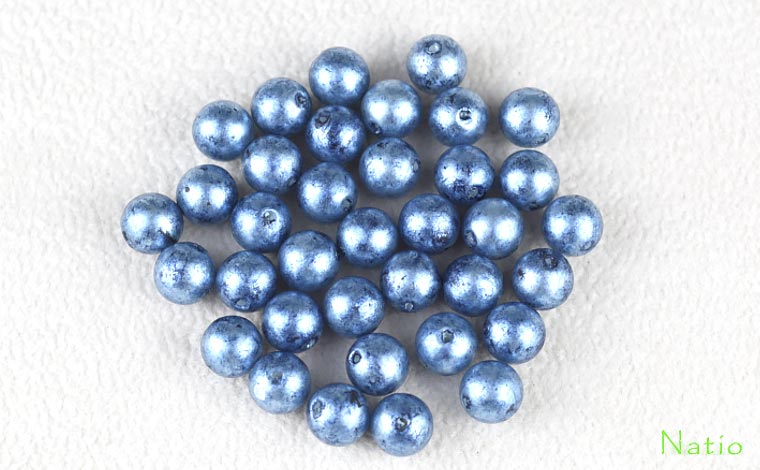
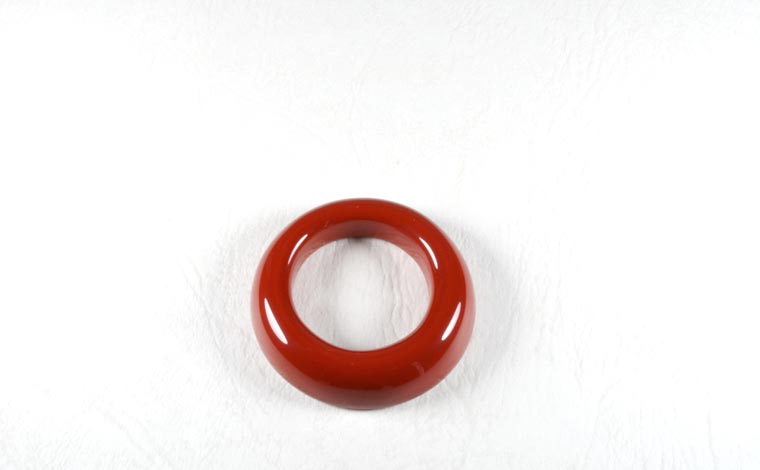
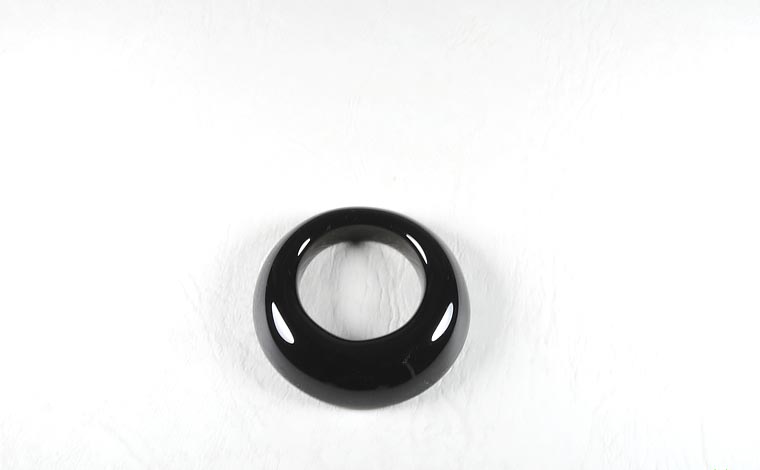
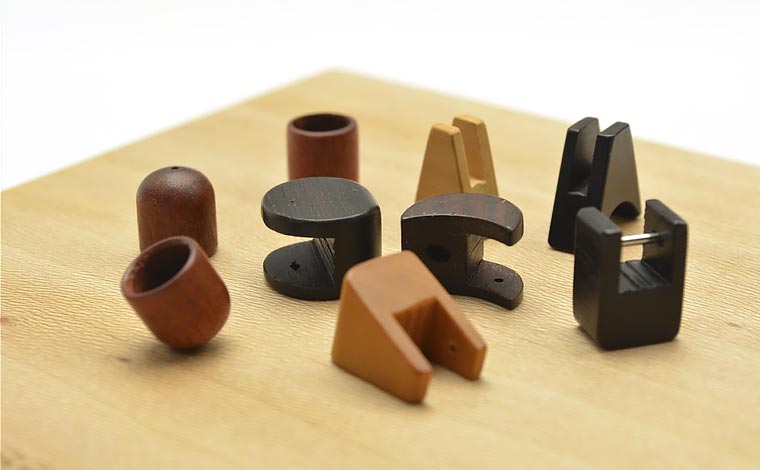

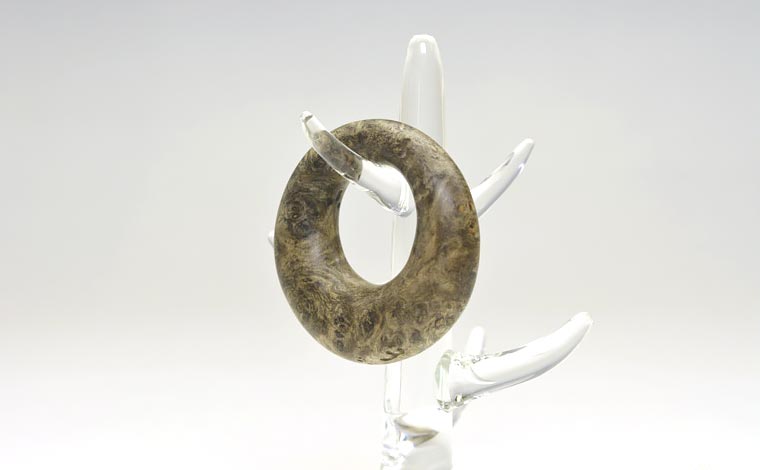
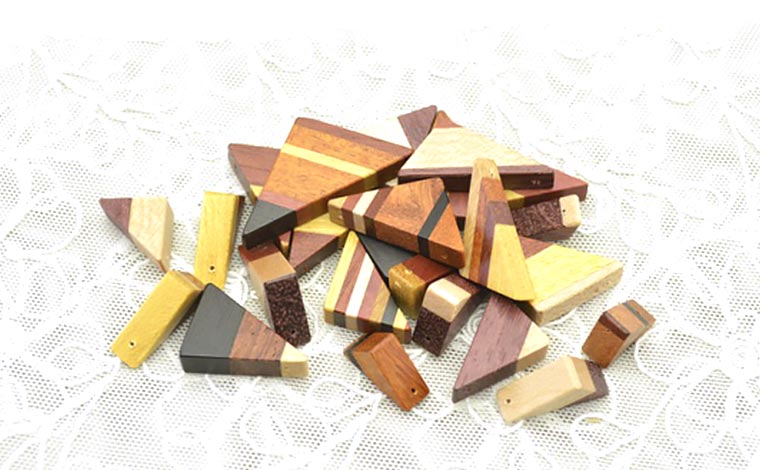
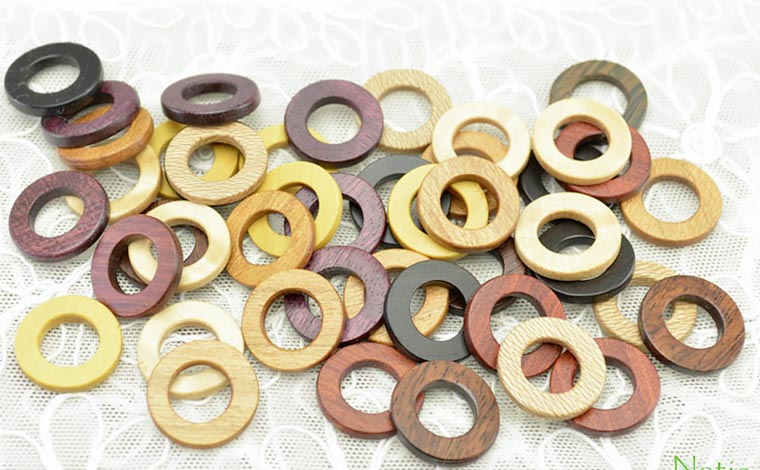
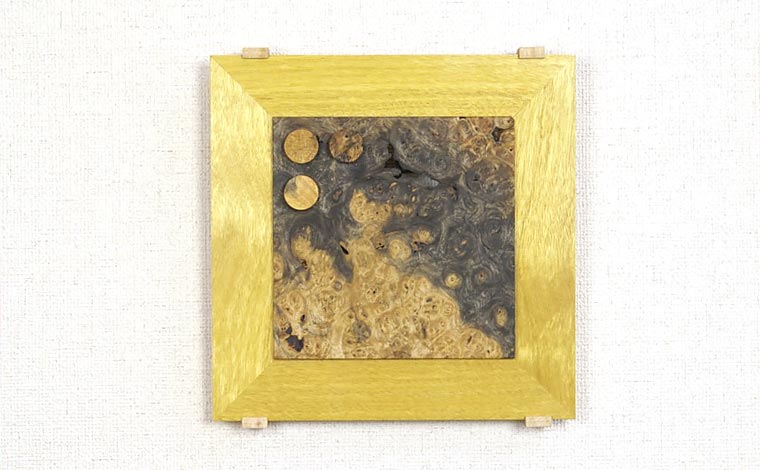
Click this banner for Natio's English page.

5Towards the World
As a Designer's Expression
In March 2018, we exhibited at 'Handarbeit & Hobby' in Cologne, Germany, with the cooperation of TOHO Co., Ltd. We presented a new collection under the category of "Bead Jewelry," and introduced our latest creation, named "Swing.ai."
The European audience highly praised it as "Japan Jewelry," and I feel that it marked the beginning of a new era for "Bead Jewelry."

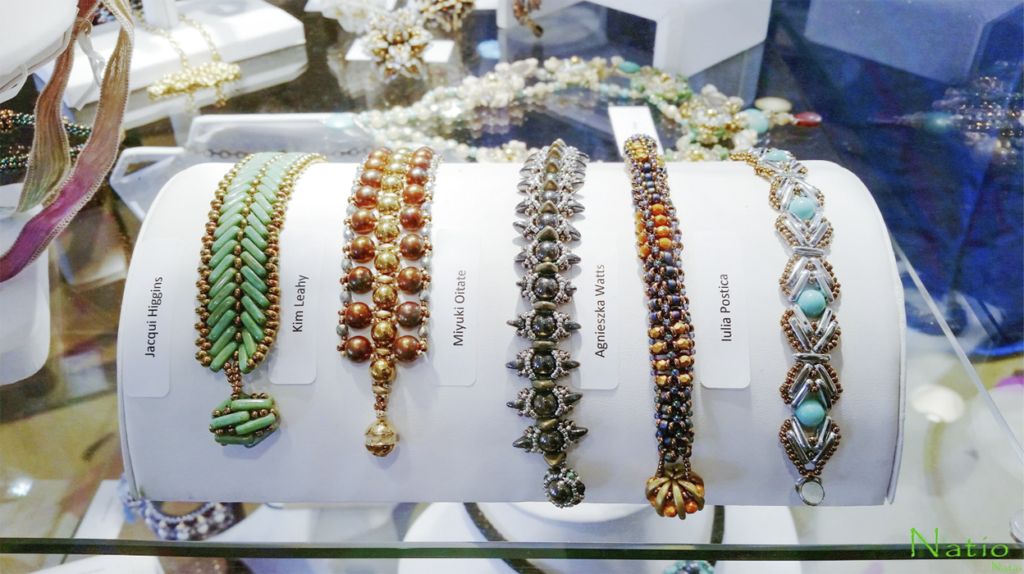


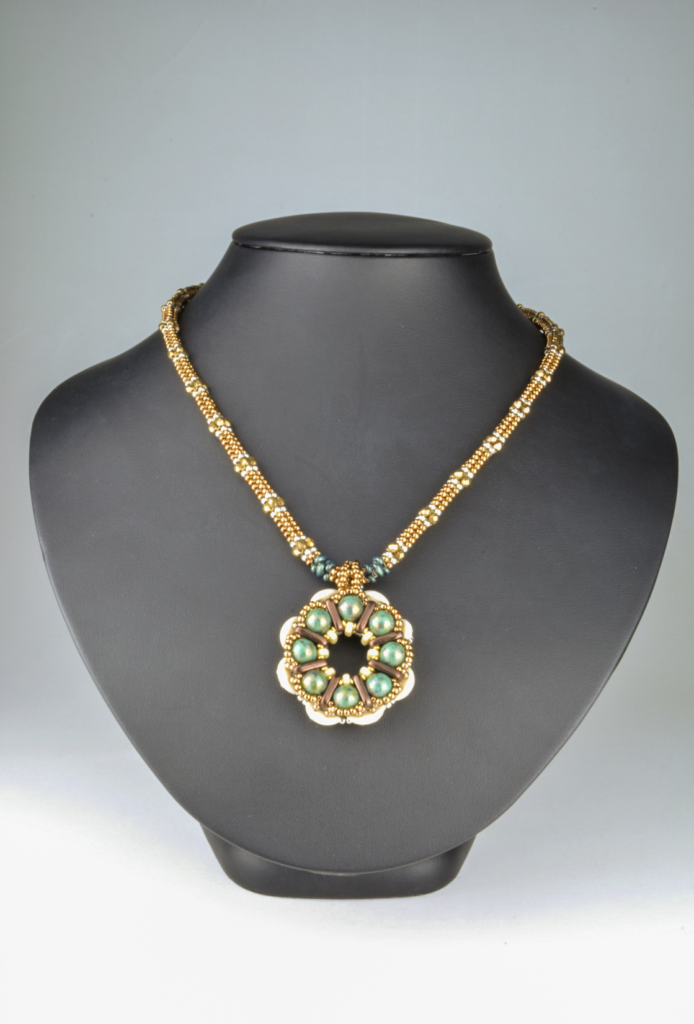
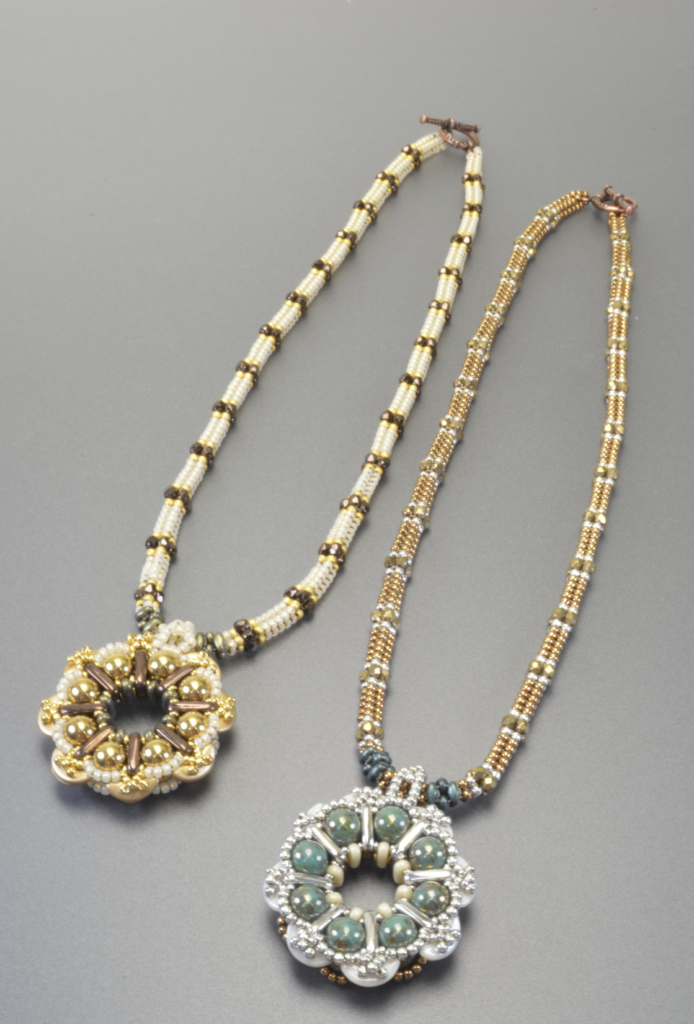
We will continue to present the "Natio" Miyuki Oitate brand to the world.

